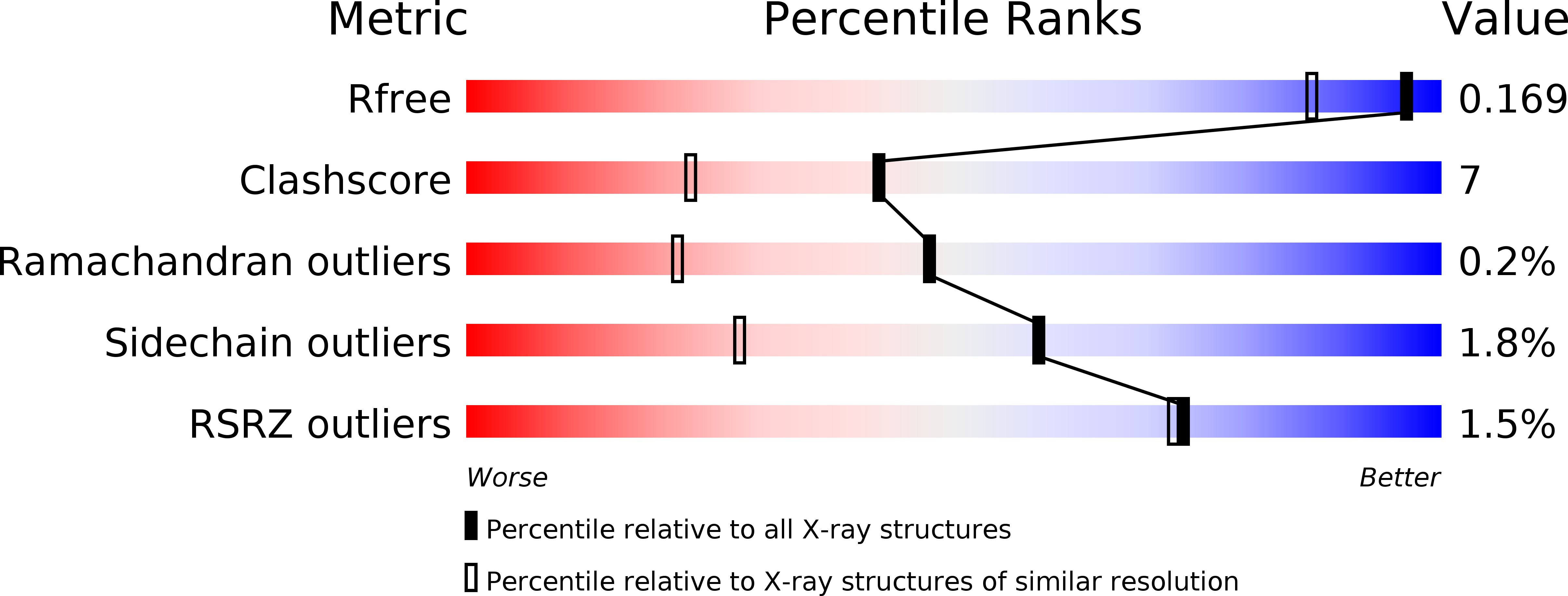
Deposition Date
2012-02-22
Release Date
2013-04-03
Last Version Date
2024-10-23
Entry Detail
PDB ID:
4AK8
Keywords:
Title:
Structure of F241L mutant of langerin carbohydrate recognition domain.
Biological Source:
Source Organism:
HOMO SAPIENS (Taxon ID: 9606)
Host Organism:
Method Details:
Experimental Method:
Resolution:
1.40 Å
R-Value Free:
0.21
R-Value Work:
0.17
R-Value Observed:
0.17
Space Group:
P 42


